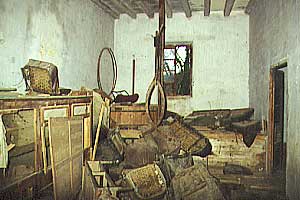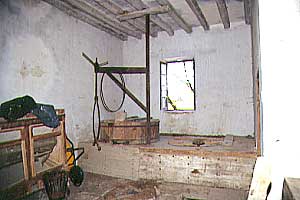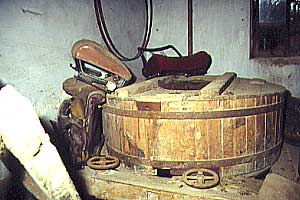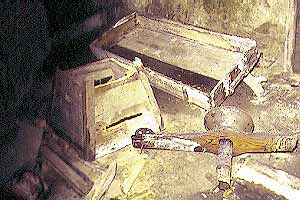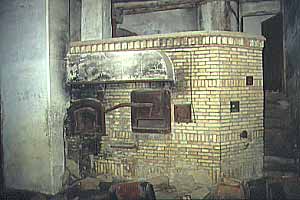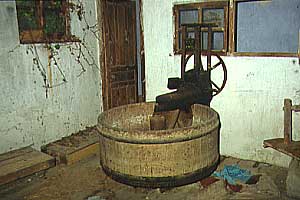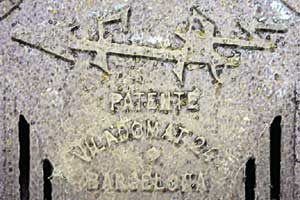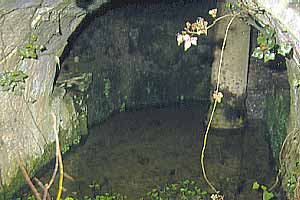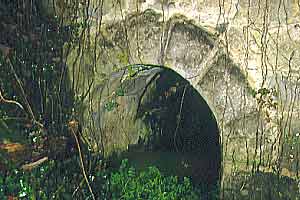Path: Introduction -
Visit the mills; catalogue - Centenera

Mills in Alto Aragón - harinero, aceitero, central eléctrica
Centenera

Centenera is easily reached from
. Leave Graus in northern direction towards Campo and
. Turn right for .
Once there do not enter the village, but continue straight-on towards
and . The construction is next to the road just before you
cross the Barranco de la Ribera (or de Pinares). Our latest visit
was on invitation of the owners who did quite a good job in removing
the luxuriant vegetation, making it a much easier job for us than in 1998.
Pictures: I.1998, 08.III.2004
